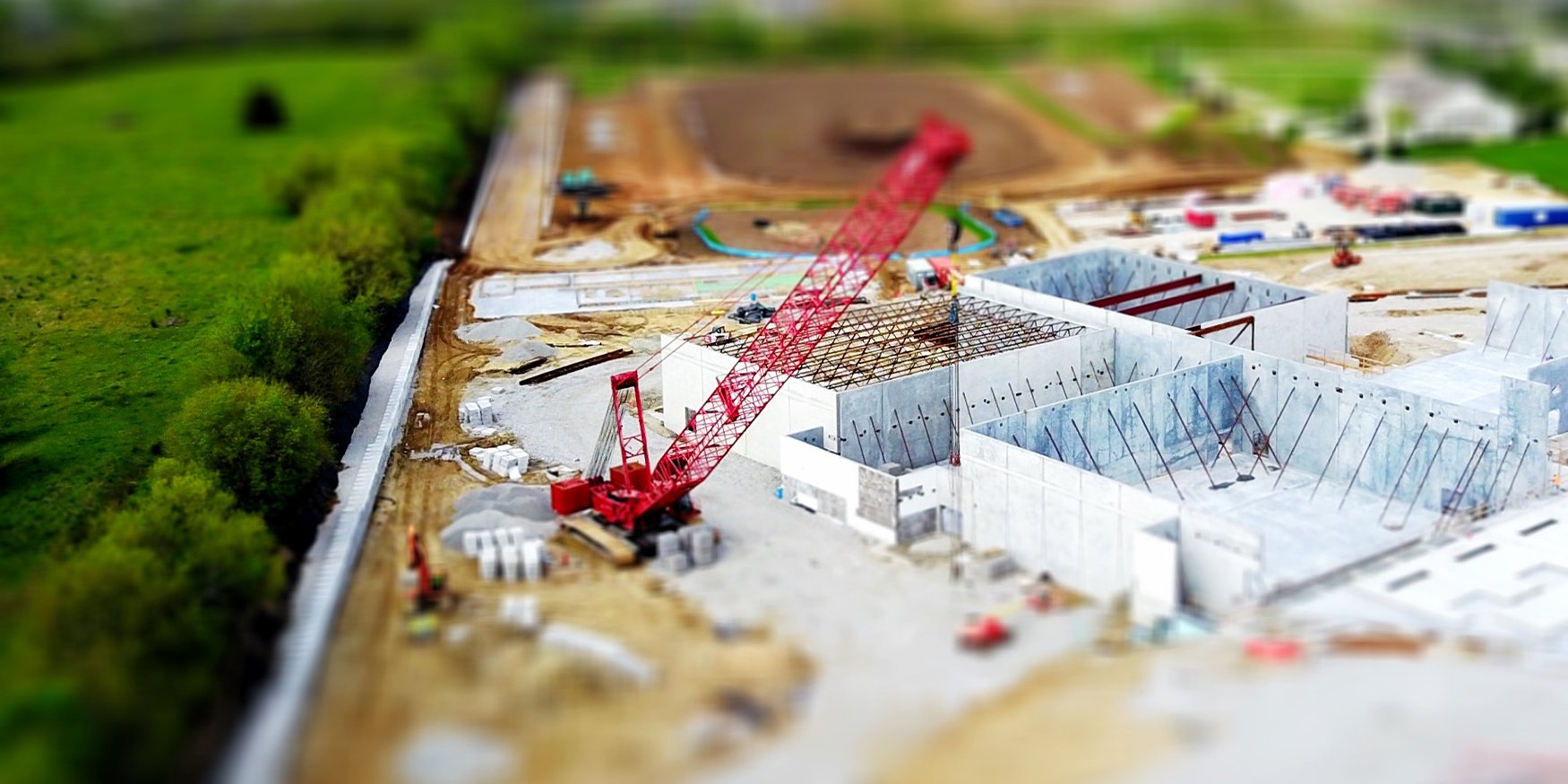In today's rapidly evolving world, technology is transforming every industry (including construction). However, understanding the jargon associated with these advancements can be overwhelming, especially for those who are not tech-savvy. In this article, we present a comprehensive glossary of essential technology words and terms relevant to the construction industry. Let's dive in and demystify these concepts in a way that everyone can understand.
1. Artificial Intelligence (AI):
Artificial Intelligence refers to computer systems designed to perform tasks that typically require human intelligence. In the energy and construction industry, AI can be utilized for automating processes, predicting project outcomes, and optimizing resource allocation. For example, AI-powered systems can analyze project data to identify potential risks or delays, allowing proactive decision-making.
2. Machine Learning:
Machine Learning is a subset of AI that focuses on enabling computer systems to learn from data and improve their performance without being explicitly programmed. Machine learning algorithms can process vast amounts of historical project data in heavy construction and energy industries to uncover patterns and make predictions. This helps in optimizing project schedules, cost estimations, and equipment maintenance plans.
3. Data Mining:
Data Mining involves extracting valuable insights and patterns from large datasets. In the heavy industry, data mining can help identify factors that affect project success or failure. For instance, analyzing historical project data can reveal correlations between specific execution techniques and their impact on project timelines or costs.
4. Deep Learning:
Deep Learning is a sophisticated branch of Machine Learning that employs neural networks to learn complex patterns and representations from data. Deep learning techniques can be applied to various tasks, such as computer vision and natural language processing. For example, deep learning algorithms can analyze images or videos captured at sites to identify safety hazards or detect defects in materials.
5. Neural Network:
A Neural Network is a computational model inspired by the human brain's structure and functioning. It consists of interconnected nodes (neurons) that process and transmit information. Neural networks can be trained to recognize patterns, make predictions, and perform tasks like image or speech recognition. Neural networks can be used for quality control, material classification, or predictive maintenance.
6. Natural Language Processing (NLP):
Natural Language Processing involves enabling computers to understand, interpret, and generate human language. In construction and energy services, NLP can help extract information from project documents, contracts, or specifications. For instance, NLP algorithms can analyze blueprints and generate automated reports highlighting potential design conflicts or material requirements.
7. Computer Vision:
Computer Vision enables computers to perceive and interpret visual information from images or videos. In the field services industry, computer vision can assist in tasks like object recognition, progress monitoring, or safety analysis. For example, computer vision algorithms can analyze site imagery to detect unsafe areas or track project progress based on visual data.
8. Internet of Things (IoT):
The Internet of Things refers to the network of interconnected devices embedded with sensors, software, and connectivity, allowing them to collect and exchange data. In energy and construction services, IoT devices can be deployed to monitor and manage various aspects, such as equipment performance, energy usage, or environmental conditions. For instance, IoT sensors can track temperature and humidity levels on the site to ensure optimal concrete curing.
9. Augmented Reality (AR) and Virtual Reality (VR):
Augmented Reality overlays digital information onto the real world, while Virtual Reality creates an entirely immersive virtual environment. In the construction and energy industries, AR and VR technologies can revolutionize the design, planning, and collaboration processes. Architects can use AR to visualize building designs on-site, while VR can provide virtual walkthroughs, enhancing client engagement and project communication.
As technology continues to reshape the construction industry, familiarizing ourselves with essential technology words and terms becomes crucial.




.png?width=150&name=aimsio-white-430x88%20(1).png)
Submit a Comment